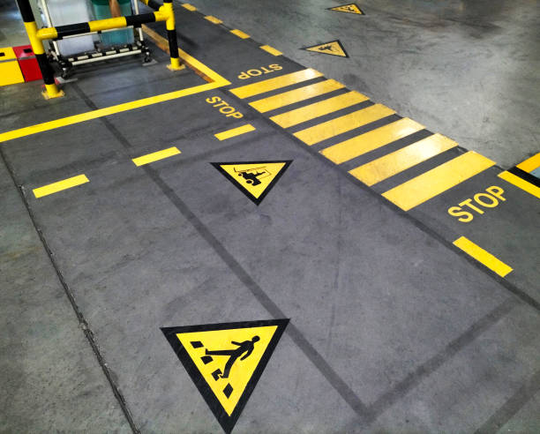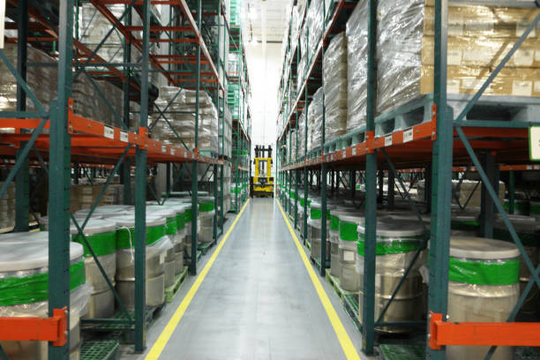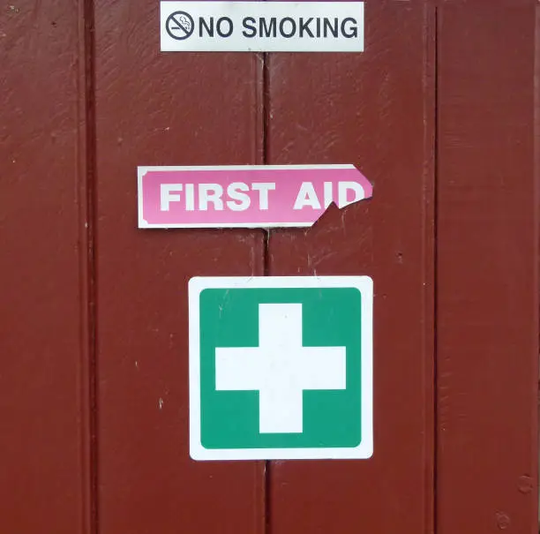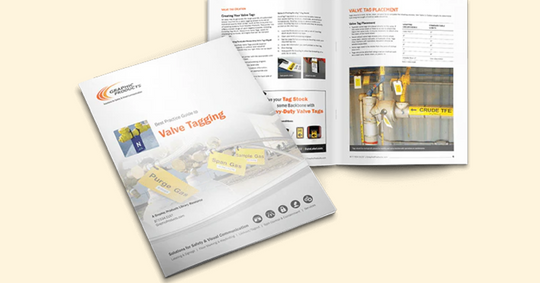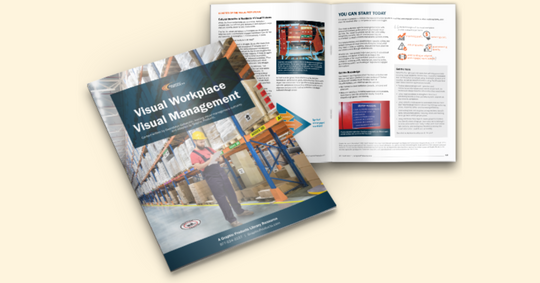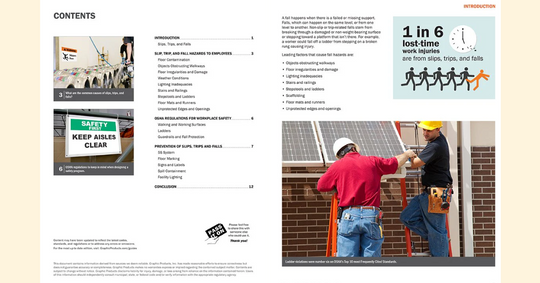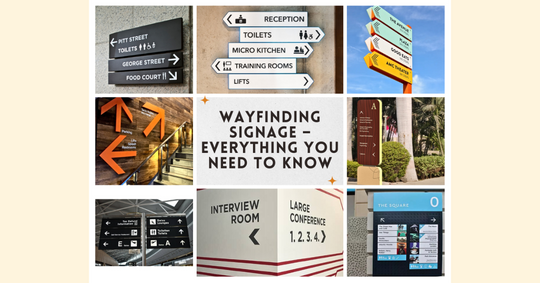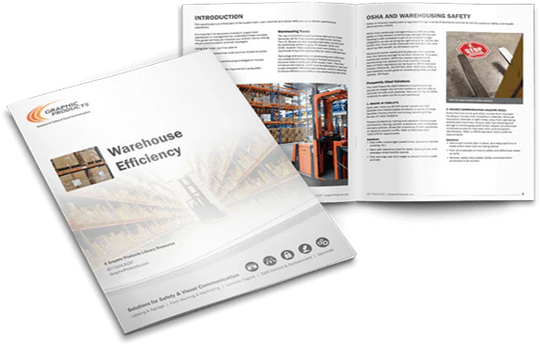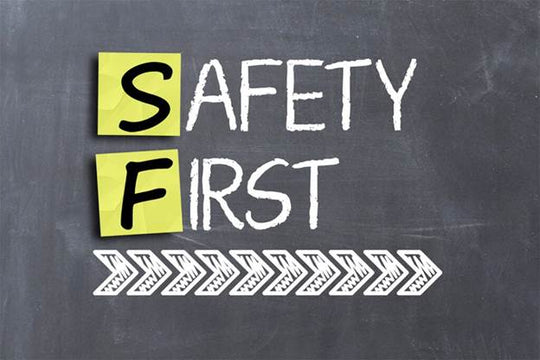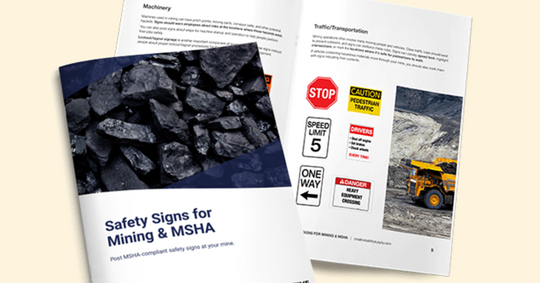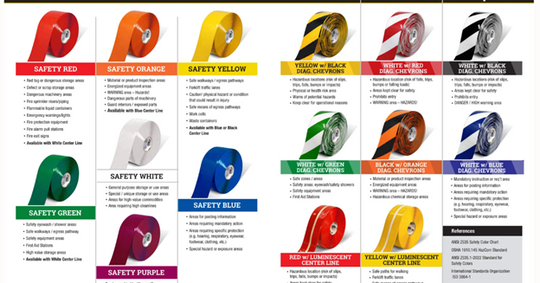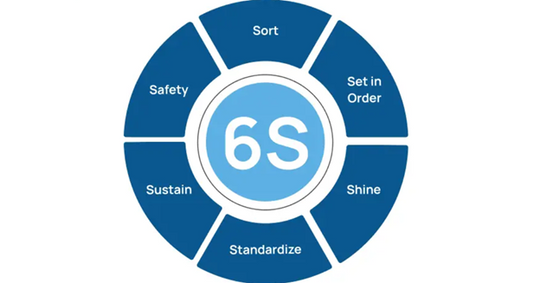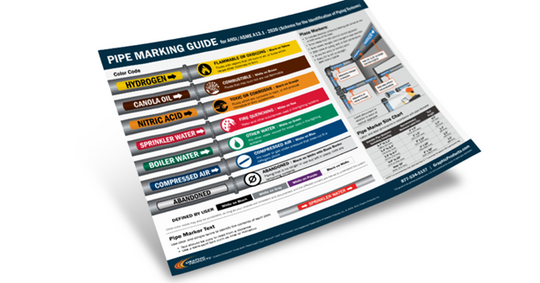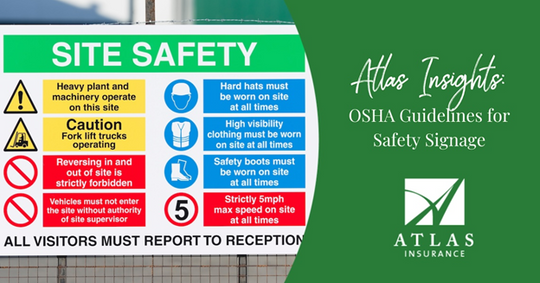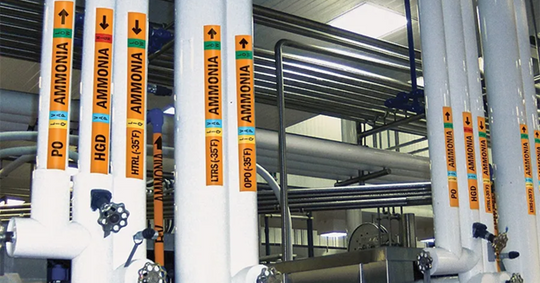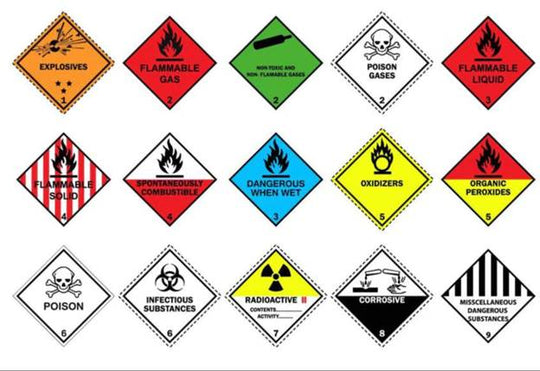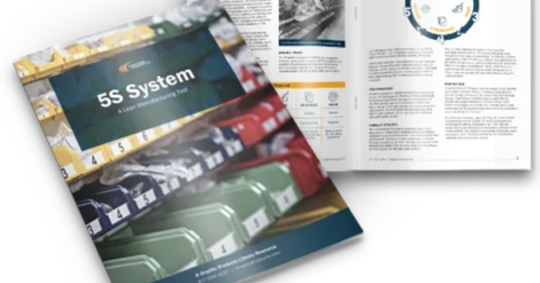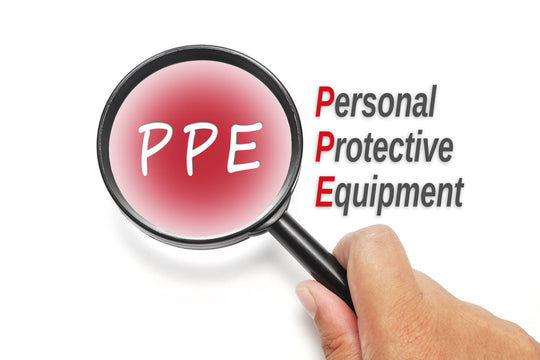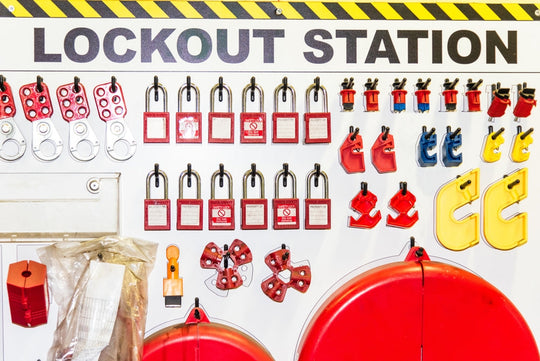Top Workplace Safety Tag Ideas to Boost Compliance
Workplace safety is crucial for any business, as it impacts employee well-being and operational success. One effective way to maintain safety standards and comply with regulations is through safety tags.
These simple tools offer clear warnings about hazards, equipment issues, or unsafe conditions.
In this blog, we’ll explore some of the best workplace safety tag ideas to boost compliance and reduce risks.
Introduction: The Role of Safety Tags in Workplace Compliance
Safety tags are visual indicators that alert employees to hazards and unsafe conditions, such as in a lockout/tagout (LOTO) system or warning of slippery floors.
They communicate critical information quickly and help prevent accidents. When used properly, safety tags support compliance with regulations, reduce workplace hazards, and create a safety-focused environment.
Safety Tag Types and Their Uses
Safety tags come in various types, each serving a specific purpose:
- Danger Tags: Red tags used for immediate, serious hazards like electrical panels or hazardous chemicals.
- Warning Tags: Yellow tags for potential risks like heavy machinery or slippery surfaces.
- Caution Tags: Yellow or orange tags for minor hazards, such as near stairs or construction zones.
- Lockout/Tagout (LOTO) Tags: Used to prevent accidental machinery startup during maintenance.
- Inspection Tags: Attached to equipment to track maintenance and inspection schedules.
Best Practices for Designing Effective Safety Tags
The design of your safety tags can greatly impact their effectiveness. Here are some best practices for creating custom safety tags that are both functional and compliant:
- Use Bright, Contrasting Colors: Colors like red for danger, yellow for warning, and green for safe should be used for quick identification. These colors should be highly visible even from a distance.
- Simple, Clear Wording: Keep text minimal and to the point. Use bold and easy-to-read fonts, and ensure the message is simple and direct. For example, use “DO NOT OPERATE” or “HAZARDOUS AREA.”
- Durability: Safety tags need to withstand various environments. Tags should be made of durable materials, such as plastic or laminated cardboard, that are resistant to wear, chemicals, and weather conditions.
- Incorporate Clear Icons and Symbols: Visual symbols can enhance comprehension. For example, a flame icon can indicate fire hazards, while a hand icon can indicate electrical hazards.
- Include Expiry or Review Dates: For inspection and maintenance-related tags, including a date of inspection or the next review ensures that workers know when it’s time for a check-up.
Strategic Placement of Safety Tags for Maximum Impact
The effectiveness of safety tags is not just about their design but also about their placement.
Tags should be strategically placed in areas where employees are most likely to see them, ensuring that they can quickly identify potential hazards.
- High-Risk Areas: Place danger and warning tags in areas with high accident potential, such as near electrical panels, chemical storage, or heavy machinery.
- Machinery and Equipment: Lockout/tagout tags should be clearly placed on machines that are under maintenance, preventing accidental operation.
- Entrance Points: Tagging entrances to restricted areas or hazardous zones with appropriate warning tags helps ensure workers do not enter unsafe spaces unknowingly.
-
Floor Marking: In addition to placing tags, floor markings are an excellent way to create safety zones around equipment or hazardous materials.
How Safety Tags Improve Workplace Compliance
- Meeting Industry Regulations: Safety tags are part of compliance with regulations such as OSHA (Occupational Safety and Health Administration) standards. Compliance is crucial for avoiding penalties and ensuring that your workplace is safe for everyone.
- Reducing Workplace Injuries: By providing immediate hazard recognition, safety tags help employees avoid risks and reduce the likelihood of accidents.
- Improving Employee Awareness: Safety tags help employees stay informed about safety protocols and equipment conditions. They act as reminders that encourage responsible behavior and help reduce workplace hazards.
Innovative Safety Tagging Systems for Modern Workplaces
As technology evolves, so do safety tagging systems. Today, workplaces are adopting more advanced tagging methods to improve safety standards further.
- Digital Safety Tags: QR codes or NFC-enabled tags can provide additional information about a specific hazard when scanned with a mobile device. This helps employees access detailed safety data and instructions quickly.
- Customizable Tags: Depending on the nature of the work, custom safety tags can be tailored with specific information, such as chemical handling instructions or maintenance schedules.
- Tagging Systems Integration: Modern safety tagging systems are often integrated with inventory or equipment tracking systems. This ensures that all equipment is properly tagged and tracked for safety and compliance purposes.
Common Mistakes to Avoid When Using Safety Tags
While safety tags are a great tool for improving workplace safety, there are common mistakes that businesses should avoid:
- Inconsistent Tagging: It’s important to ensure that all hazards are tagged consistently across your facility. Inconsistent tagging may lead to confusion and increase the risk of accidents.
- Failure to Replace Damaged Tags: Safety tags should be regularly checked for damage. Worn-out or unreadable tags lose their effectiveness and can lead to unsafe situations.
- Lack of Employee Training: Even the best safety tags won’t be effective if employees don’t know how to use them. Proper training on interpreting and responding to safety tags is essential.
Implementing a Workplace Safety Tagging Policy
To get the most out of your safety tag system, it's essential to have a clear policy in place. The policy should outline:
- The Process for Tagging: Clearly define which hazards require tags, who is responsible for placing them, and how often tags need to be checked.
- Tagging Protocol: Create a consistent tagging protocol that everyone follows to avoid confusion.
- Ongoing Training and Audits: Regularly educate employees on safety tag procedures and audit the system to ensure it’s working effectively.
Top Safety Tag Ideas to Improve Workplace Safety
|
Safety Tags |
Short Description |
|
Explore creative safety tag ideas that can help improve safety communication and compliance in the workplace. |
|
|
Learn effective floor marking ideas to organize workspaces, improve traffic flow, and enhance safety in various environments. |
|
|
Discover warehouse safety ideas that help reduce risks, improve operations, and create a safer working environment. |
|
|
Check out innovative workplace safety tag ideas designed to improve hazard communication and reduce workplace injuries. |
|
|
A comprehensive guide to safety signage ideas that enhance visibility, promote safety awareness, and meet regulatory standards. |
|
|
Get ideas for industrial labeling that ensures proper hazard identification, equipment safety, and regulatory compliance. |
|
|
Explore the best safety tag ideas specifically designed for factories to improve safety measures and operational efficiency. |
Conclusion
Safety tags are an invaluable tool for improving workplace safety and ensuring compliance with regulations. By using the right types of tags, placing them strategically, and maintaining an effective system, you can help reduce workplace risks and keep your employees safe.
For more information on safety tags, their types, and how they can boost workplace compliance, visit Archford's Safety Tags page.
This resource will help you choose the best safety tags and understand their role in improving safety standards at your workplace.
FAQs:
1. Why are safety tags important in the workplace?
Safety tags warn employees about potential hazards, helping to prevent accidents and injuries.
2. What types of safety tags should be used?
Common types include Danger, Warning, Caution, Lockout/Tagout, and Inspection tags, each for different levels of risk.
3. Can safety tags be customized for specific needs?
Yes, custom safety tags can be created to meet the unique requirements of different workplaces or industries.
4. How often should safety tags be replaced?
Safety tags should be replaced when they become damaged, faded, or outdated, or when new hazards arise.
5. Do safety tags help with compliance?
Yes, safety tags ensure that workplaces meet regulatory standards, contributing to workplace compliance and reducing liability.




